Embarking on the digital journey of SEO can feel like navigating a vast ocean without a map. Yet, understanding on-page SEO is akin to mastering the wind currents – knowing exactly when and where to steer your ship for optimum speed. With on-page SEO at the helm, you have the power to optimize each webpage, ensuring it ranks higher and attracts the right audience.
Key components of on-page SEO:
- Content Quality: Original, valuable, and engaging content remains king.
- Keyword Integration: Seamlessly weaving in relevant keywords without overstuffing.
- Meta Descriptions: Craft compelling briefs that encapsulate the essence of your page.
- URL and Image Optimization: Streamlined and structured for clarity and context.

For those striving to enhance their on-page efforts even further, consider the magic of the Plerdy tool for CRO & UX 🛠️. It’s designed to polish the user experience, ensuring every piece of content truly resonates.
Set sail into the vast seas of digital optimization, armed with the essentials of on-page SEO and content strategies. Let this guide be your compass, directing you to the treasures buried deep within the online landscape. 🚀🌐.
What is On-Page SEO?
On-Page SEO functions as the backbone of your website’s visibility and user experience. Imagine a brick-and-mortar store; your on-page elements would be the welcoming sign, the organized shelves, and the helpful staff. These factors work harmoniously to either encourage or discourage a purchase. Additionally, On-Page SEO optimizes web page components to attract search engines and users.
Here’s the kicker—while off-page SEO seeks external validations, on-page SEO reigns over what you can control. This means the webpage text, images, and even the meta behind-the-scenes, all fall under its jurisdiction. By taking the reins of on-page aspects, businesses drive up organic traffic, enhance user engagement, and, most importantly, boost conversions. It’s like laying a robust foundation before painting a house; the prep work may seem laborious, but the outcome justifies the effort.
Leveraging on-page SEO isn’t just about appeasing algorithms; it’s about delivering what your audience seeks. By aligning your website’s inner mechanisms with both the user’s intent and search engine requirements, you unlock unparalleled advantages. Your material is easier to interpret by search engines, enhancing its rating. Simultaneously, you’re ironing out the user experience, making site navigation intuitive and content easily digestible. So, on-page SEO serves a dual role – it’s both the architect and the welcoming committee of your digital empire.
Why On-Page SEO is Important
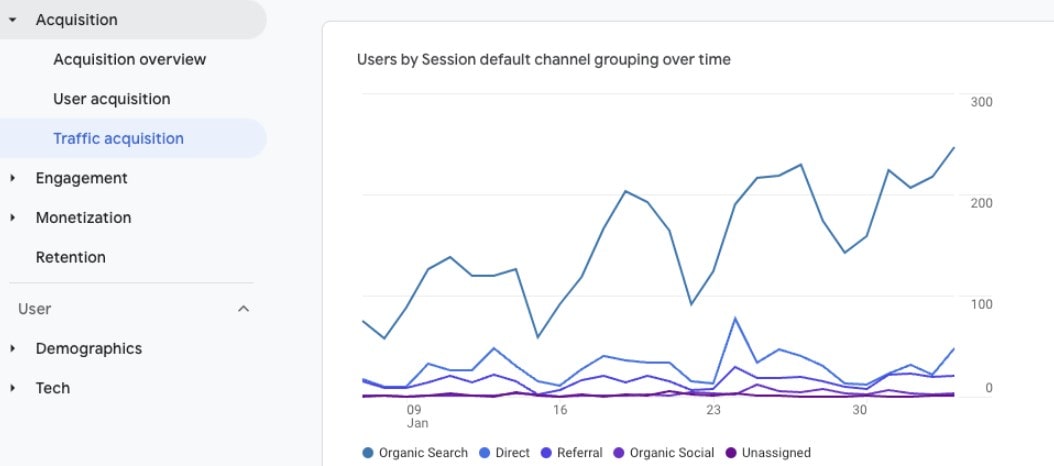
On-page SEO serves as the cornerstone that catapults your digital strategy into the stratosphere. Think of it as the in-house maestro, orchestrating every aspect of your website to function in symphonic harmony with search engines and human behavior. It’s not just about peppering your content with keywords; it’s about creating an architecture that search engines can crawl effortlessly and users can navigate smoothly.
Examples Across Niches:
- E-commerce: For online retailers, meticulous on-page SEO can transform obscure product pages into traffic magnets.
- Legal Services: Attorneys can leverage finely-tuned service descriptions to feature prominently in local searches.
- Tech Blogs: Through efficient on-page SEO, a fledgling tech blog can snag coveted spots in SERPs, driving organic traffic that’s primed for conversion.
- Fitness Centers: Optimizing elements like meta-descriptions can make a gym’s membership plans appear compelling to fitness enthusiasts searching online.
On-page SEO directly affects how search engines rank your page. This is where you make your pitch, where you put your best foot forward and make every element count—from your headlines to your meta tags, from your images to your loading speed.
What sets on-page SEO apart is its ability to offer quick wins. As soon as you revamp your titles, headers, and internal links, you’re essentially sending out an open invitation for search engines to re-evaluate your website’s relevance and quality. No waiting around for backlinks to kick in or for social shares to build up. On-page SEO delivers immediate, measurable improvements that directly contribute to your site’s usability and search performance. It’s the nitty-gritty, hands-on approach to SEO that provides a robust foundation for all your other digital marketing efforts. This isn’t just optimization; it’s an art form that, when mastered, elevates your content, bolsters your page rankings, and drives user engagement sky-high.
List of Best On-Page SEO Optimization Tips
Navigating the labyrinth of on-page SEO can be a herculean task, but thankfully, our “List of Best On-Page SEO Optimization Tips” serves as your roadmap. Comprising a robust array of guidelines from meta-tag refinements to content structure revamps, this list provides the nuts and bolts for fine-tuning your on-page assets. Consider it a treasure trove for anyone eager to crank up the dial on their site’s SEO, bolstering not just rank but enhancing the user interface to boot.
Title Tags for On-Page SEO
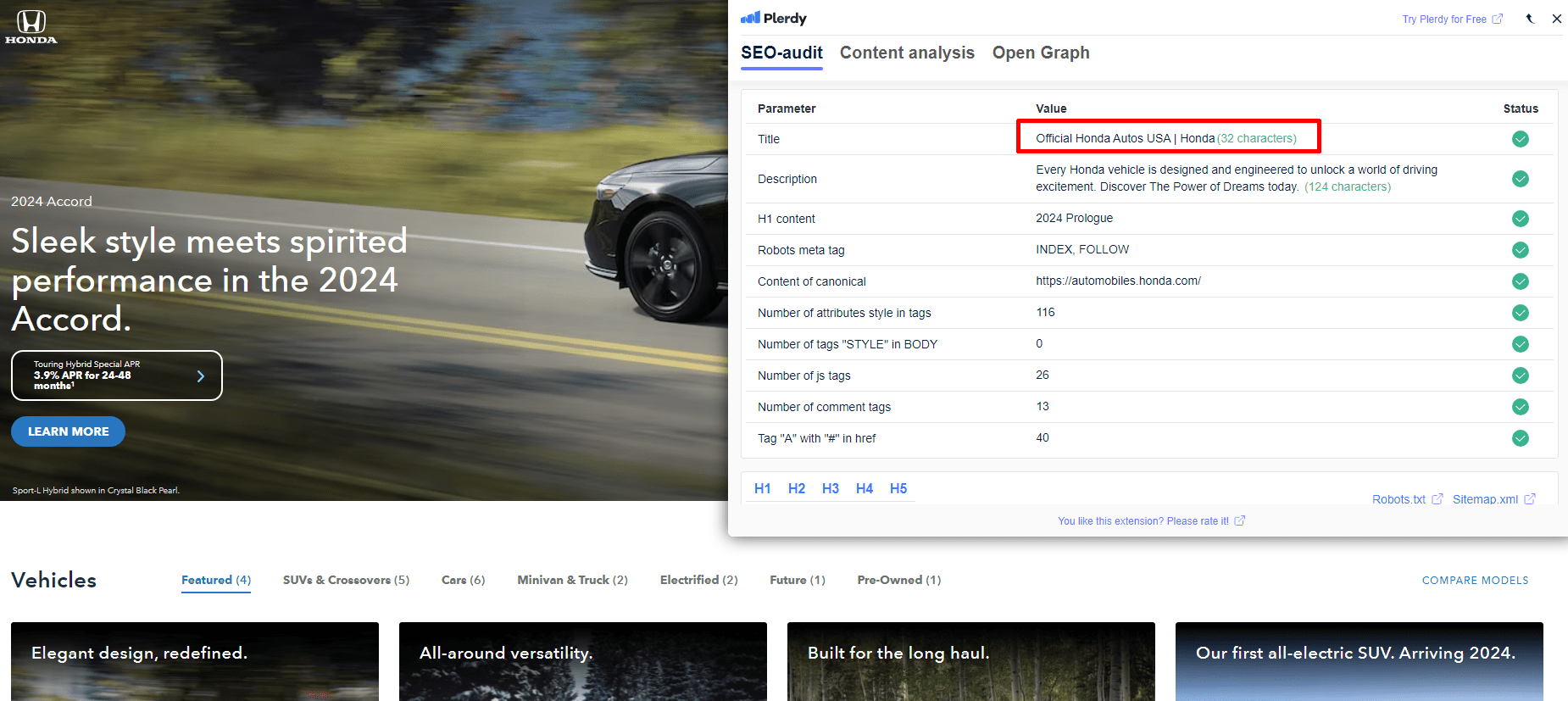
In the bustling landscape of on-page SEO, title tags wear the crown. They’re the first thing both search engines and users spot—think of them as your website’s initial handshake with the digital populace. Crafting a stellar title tag is akin to composing a killer opening line for a novel; it has to grab attention, convey intent, and leave the audience yearning for more.
Niche Examples
- Food Blogs: A title tag like “Mouthwatering Vegan Pasta Recipes” beats a bland “Pasta Ideas.”
- Auto Repair Shops: “24/7 Emergency Car Repair in Chicago” taps into local SEO and addresses urgency.
- Online Courses: “Master Python in 30 Days: Interactive Coding Bootcamp” is better than just “Learn Python.”
Each word within your 50-60 character limit needs to pull its weight. First, zero in on your primary keyword and make sure it sits close to the front. Next, infuse secondary keywords or brand identifiers to give it that extra oomph. Last but not least, let’s not forget the user experience. Jargons and technical terms might alienate potential visitors, so keep it straightforward but tantalizing.
On-page SEO title tags are shared on social media and boost content virality. Ever noticed how the right title can make an article go viral? That’s your title tag, working behind the scenes to make your content irresistible.
Master the craft of title tag optimization, and you’ve got yourself a razor-sharp tool in your on-page SEO toolkit. It’s the one-two punch that makes search engines and users take notice. Precise, concise, and impossible to ignore—that’s how your title tags should roll. This micro-element carries macro influence, setting the stage for every other on-page component to shine.
When it comes to SEO, every piece of the puzzle matters, but a well-crafted title tag amplifies your efforts across the board. It’s not just a line of text; it’s the marquee on your digital storefront.
Meta Descriptions for On-Page SEO
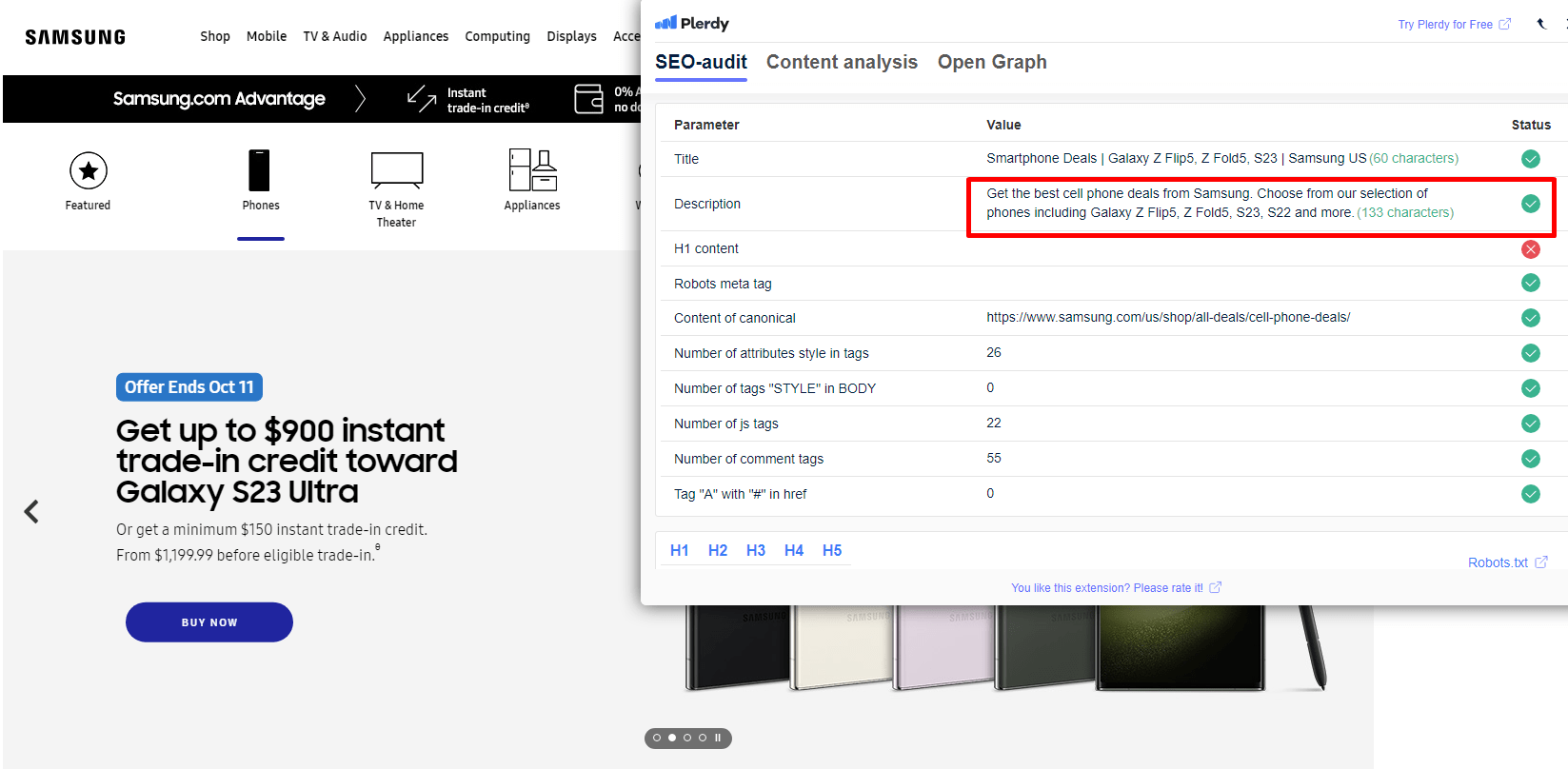
A fine-tuned meta description acts as an elevator pitch for your webpage, grabbing attention and enticing users to click through. In the world of on-page SEO, these succinct snippets give search engines a snapshot of your content’s core message, bridging the gap between search results and the user’s needs.
Consider a travel blog detailing the serene beaches of Maui. An impactful meta description might read: “Uncover Maui’s best-kept secrets – dive into crystal-clear waters, bask under golden sunsets, and embrace the island’s tranquil rhythm.”
Key facets of crafting stellar meta descriptions:
- Brevity is Brilliance: Limit it to 160 characters or fewer to prevent it from getting cut off.
- Keyword Inclusion: Integrate relevant keywords naturally, ensuring SEO and user relevance.
- Call to Action: Motivate users with actionable language, pushing them to dive deeper into your content.
- Uniqueness: Avoid cookie-cutter descriptions. Tailor each to match the specific content it represents.
For instance, an e-commerce site selling handmade pottery might have a meta like: “Explore artisanal pottery – handcrafted designs that tell a story with every piece.” Here, the on-page SEO drives home the uniqueness of the content and products offered.
In essence, meta descriptions amplify on-page SEO efforts, ensuring your content doesn’t just rank well, but also resonates with users, compelling them to engage. Fine-tune them, and you’re one step closer to mastering the art of on-page content optimization.
SEO Header Tags
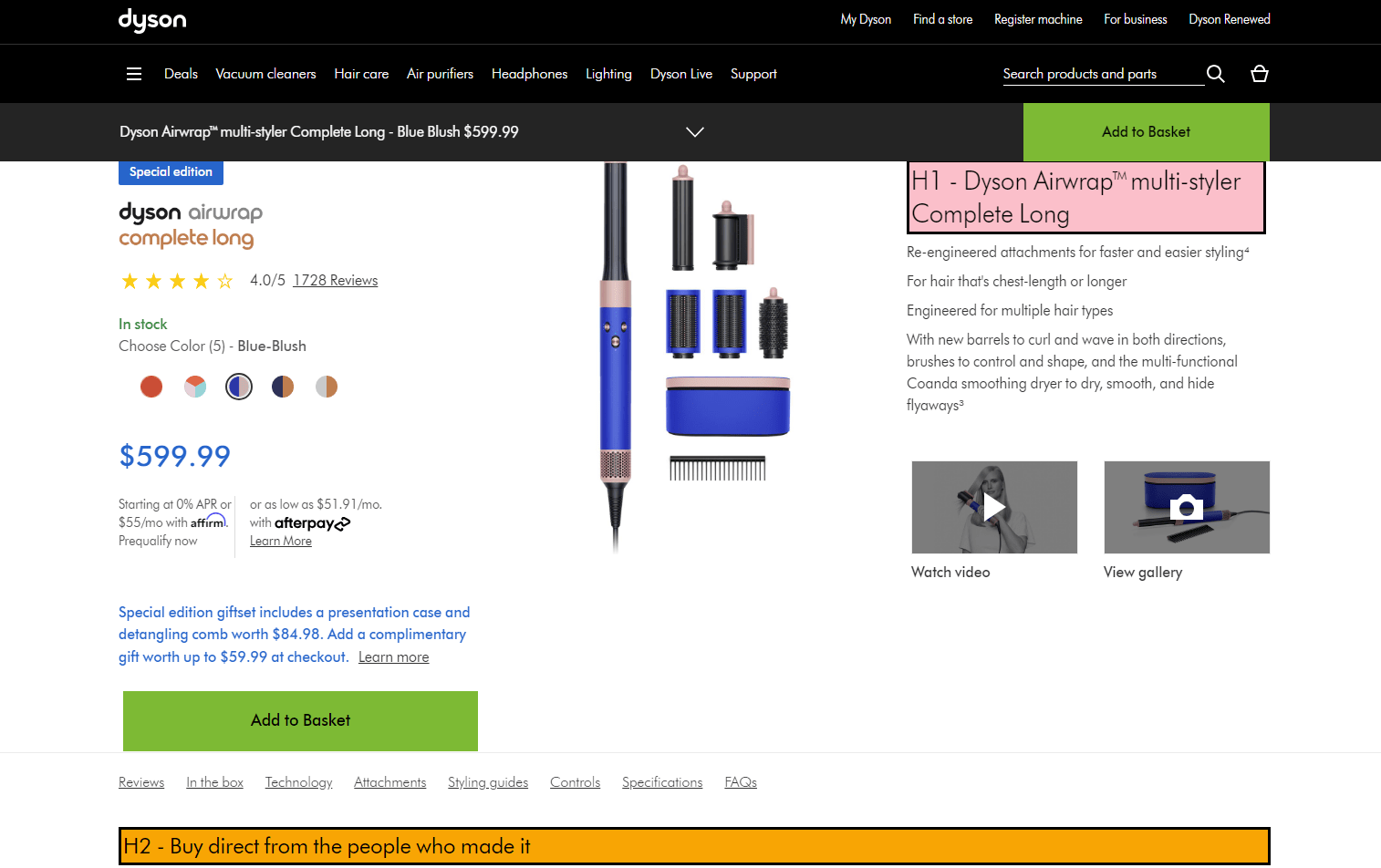
In the digital landscape, header tags act as the neon lights of a bustling city street – shining bright, drawing attention, and guiding both users and search engines. These tags, ranging from H1 to H6, not only structure your on-page content but also underscore its essence, making it resonate with readers and algorithms alike.
Imagine a culinary site dedicated to Italian dishes. The primary H1 might proudly state “Savoring Italian Delicacies,” with H2s branching out into “Homemade Pasta Recipes,” “Secrets of Authentic Risotto,” and “Decadent Tiramisu Creations.”
Essentials for Harnessing Header Tags:
- H1 Dominance: Use it uniquely and effectively, capturing your content’s heartbeat.
- Strategize with H2-H6: They help break down and diversify topics, fostering a seamless reading experience.
- Seamless SEO Integration: Slide in relevant keywords to these tags, enhancing on-page SEO without overdoing it.
- Clarity Over Complexity: Ensure headers are direct and to-the-point, avoiding any ambiguity.
On the flip side, for a tech blog centered on wearable gadgets, an H1 might read “Navigating the Wearable Tech Revolution.” Then, H2s could delve deeper with “Fitness Trackers Today,” “Smartwatch Innovations,” and “Health Monitors for Tomorrow.”
By harnessing the power of header tags effectively, you fine-tune the rhythm and flow of your on-page content. It’s a symphony of clarity, relevance, and strategy, ensuring your pages are primed to capture attention and achieve SEO prominence.
High-Quality Content for On-Page SEO
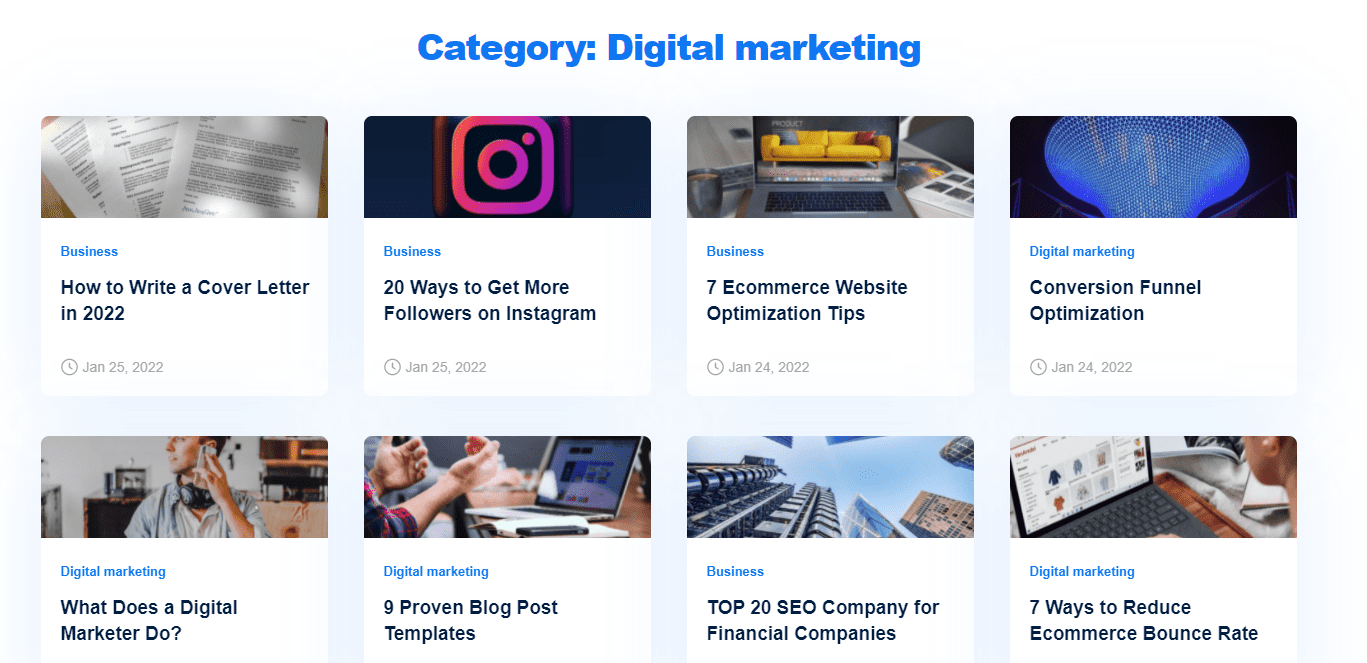
In the bustling digital bazaar, high-quality content stands tall like a majestic skyscraper — it doesn’t merely exist; it dominates. At the intersection of user engagement and on-page SEO, content becomes the unyielding force driving traffic, retaining visitors, and converting prospects.
Consider a passionate podcast site centered around mystery thrillers. Their standout piece titled “Echoes from the Shadows” isn’t just a compilation of episodes; it’s an intricate tapestry woven with gripping narratives, compelling characters, and cliffhanger endings.
Hallmarks of Stellar Content:
- Authenticity Over Imitation: Genuine insights and fresh perspectives elevate content from the mundane to the mesmerizing.
- Reader-Centric Approach: Address their pain points, aspirations, and curiosities, offering tangible value.
- Strategic Keyword Integration: Boost on-page SEO by naturally sprinkling relevant keywords without overwhelming the narrative.
- Interactive Elements: Integrate infographics, videos, or engaging images, enriching the user experience.
Meanwhile, an eco-friendly e-commerce platform doesn’t just list bamboo-based products. Instead, it tells a story of sustainable living, intertwining the perks of bamboo with a mission to save the planet, perfectly blending on-page SEO with a narrative that resonates.
By prioritizing high-quality content, websites transform from mere digital platforms to powerful storytelling arenas. It’s about striking the right balance — where content marries on-page SEO, creating an alliance that’s poised to captivate, convert, and conquer the digital landscape.
Decoding Keyword Research for Effective On-Page SEO
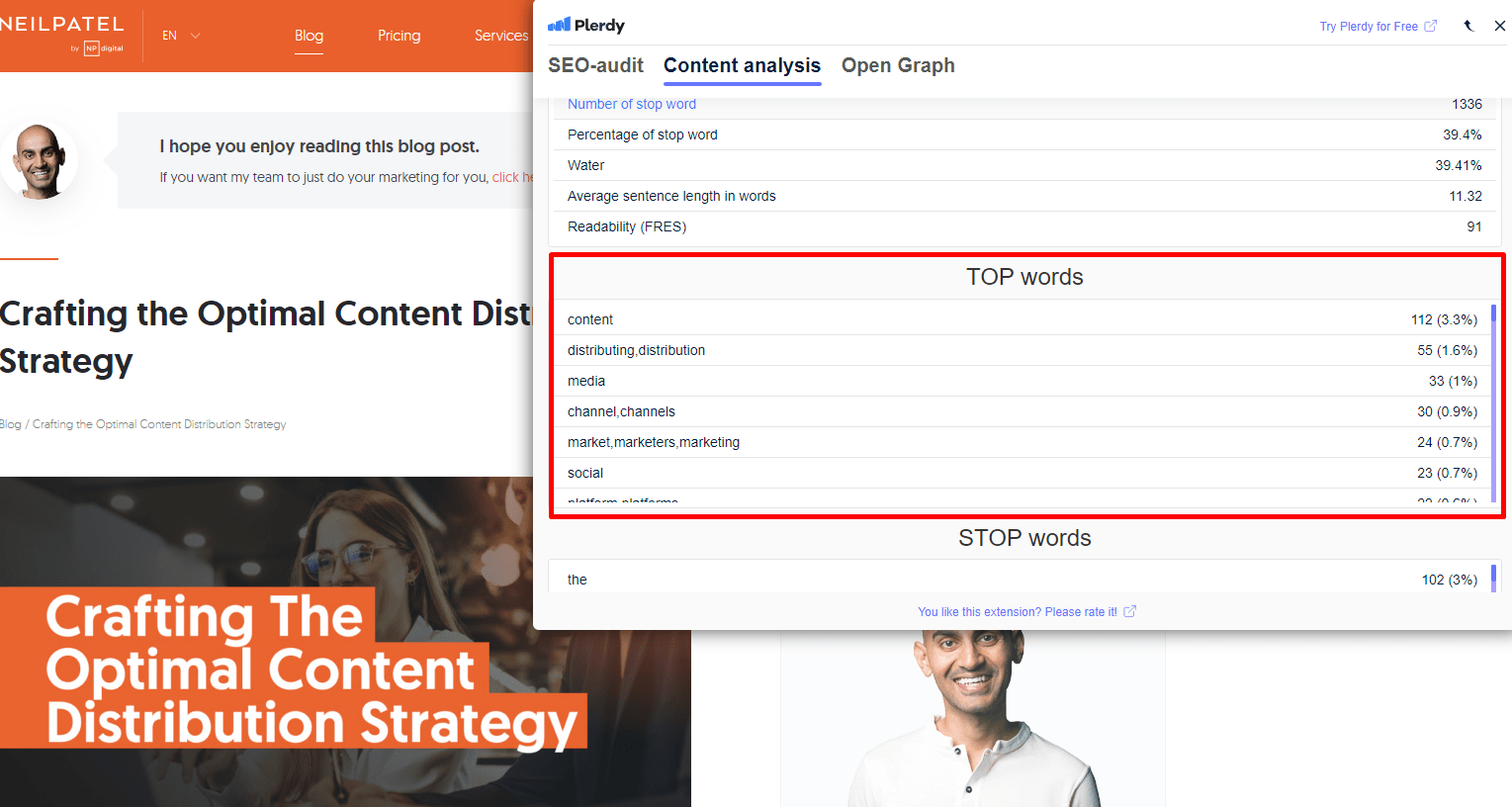
Delving deep into the digital labyrinth, keyword research emerges as the compass guiding websites through the dense fog of competition. As the backbone of on-page SEO, it pinpoints precisely what your audience craves, ensuring your site resonates with both users and search algorithms.
For instance, a boutique hotel in Maui might discover through keyword research that “eco-friendly luxury retreat Maui” has a soaring demand, leading to content adjustments and potential branding shifts.
Golden Rules for Keyword Mastery:
- Dive into User Intent: Don’t just chase keywords; understand the motivation behind them.
- Analyze Competitor Terrain: Figure out which terms competitors bank on and find opportunities to outshine them.
- Balance Between Broad and Niche: While “luxury shoes” might attract a sea of traffic, “handcrafted leather loafers” captures a more specific, potentially loyal, audience.
- Regularly Refresh and Refine: As trends evolve and audience preferences shift, revisit your keyword strategy to stay in sync.
Meanwhile, an artisanal coffee brand could unearth a goldmine with terms like “single-origin Arabica subscription.” By weaving this into on-page content, they cater to a discerning clientele, optimizing both user experience and on-page SEO.
Ultimately, keyword research isn’t a one-off endeavor but a continuous journey. It’s the art and science of aligning your on-page content with the ever-evolving digital beat, ensuring your site remains both relevant and riveting.
On-Page SEO URL Structure
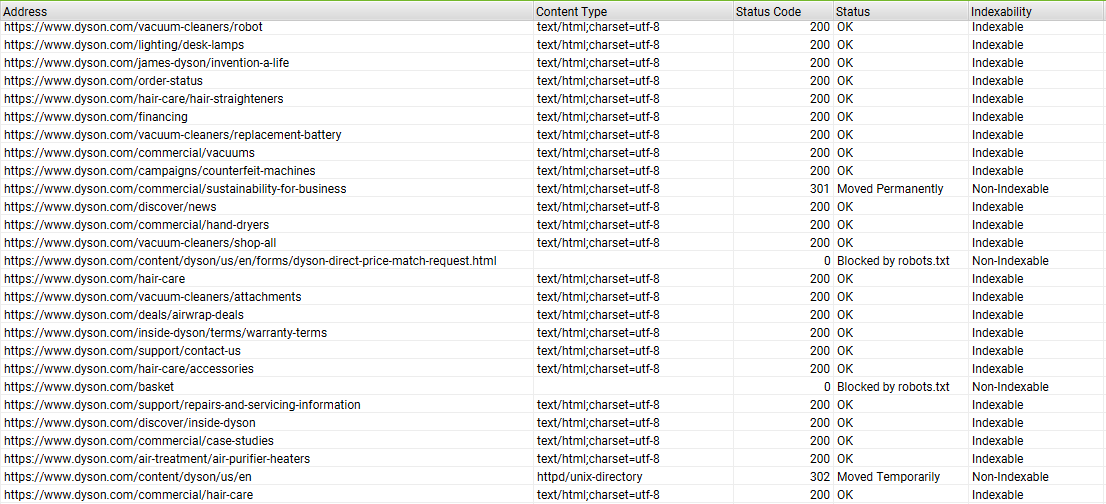
Effective URL structure isn’t just a technical exercise; it’s a crucial aspect of on-page SEO that can boost content exposure and user engagement. A concise, easy-to-read URL helps search engines and people grasp a page’s content, increasing click-through rates and user experience.
Niche Examples:
- E-commerce Sites: A URL like `website.com/mens-shoes/leather-boots` clearly tells users and search engines that the page focuses on men’s leather boots. The breakdown helps in refining search engine results.
- Food Blogs: URLs such as `website.com/vegan-recipes/gluten-free-cake` convey the niche and sub-niche, attracting precisely the audience you aim to serve.
- Travel Portals: A URL like `website.com/destinations/europe/france/paris` helps in hierarchical categorization and improves navigation, making it easier for users to find relevant information.
Key Points to Consider for On-Page SEO:
- Avoid Excessive Parameters: Keep your URLs clean by eliminating unnecessary characters and parameters. Google tends to favor straightforward, easy-to-read URLs.
- Utilize Hyphens for Separation: Words should be separated by hyphens rather than underscores to ensure optimal readability and SEO performance.
- HTTPS over HTTP: Securing your website with HTTPS not only adds a layer of security but also slightly contributes to better rankings.
Fine-tuning your URL structure contributes to an array of benefits. For instance, optimized URLs significantly impact the sharing capabilities on social platforms—clean, descriptive URLs are more likely to be shared, generating additional organic traffic. Moreover, better URLs lead to improved breadcrumb navigation on your page, which further aids in an exceptional user experience.
In essence, an immaculate URL structure integrates coherently with your broader on-page and off-page SEO strategies, reinforcing your page’s subject matter and laying the groundwork for enduring digital success. It’s about achieving that fine balance—where clarity meets brevity, and relevance aligns with discoverability.
Image Optimization for On-Page SEO
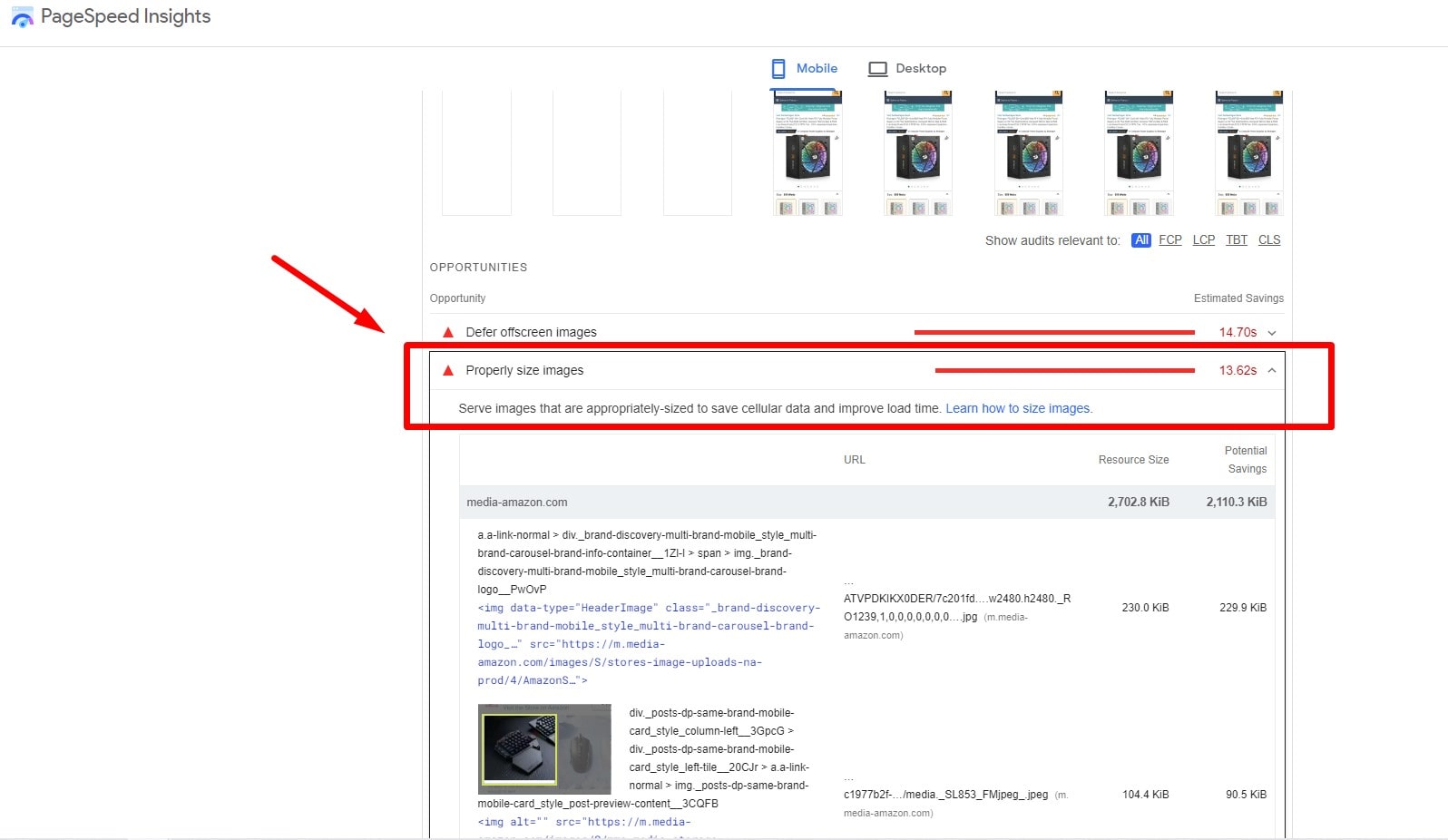
Image optimization is essential to on-page SEO and can impact user experience and search rankings. As with text-based content, the objective with image optimization is to provide value, enhance accessibility, and improve load times.
Niche Examples:
- Fashion Blogs: Utilize high-resolution images but compress them to ensure quick load times without sacrificing quality. Alt-text like “summer floral dress” enhances relevance.
- Tech Reviews: Infographics work well to explain complex topics. Make sure these are easily shareable and crawlable by search engines by employing descriptive file names and alt attributes.
- Recipe Sites: High-quality images of completed dishes can boost engagement, but remember to use relevant file names like “Vegan_Spaghetti_Arrabiata.”
Key Strategies for On-Page SEO:
- Compression and Scaling: Always scale your images before uploading and compress them without compromising on quality. Tools like ImageOptim and TinyPNG can help.
- Descriptive Filenames: Ditch generic names like “IMG001.jpg” for more descriptive alternatives like “Chocolate-chip-cookies.jpg.”
- Alt Text & Captions: Leverage alt text and captions to provide context to search engines, ensuring your images rank in image searches and contribute to the overall SEO score of your page.
Image optimization intersects with multiple aspects of on-page SEO, including site speed and mobile-friendliness. For instance, AMP (Accelerated Mobile Pages) prioritize fast-loading images, which improves mobile rankings and simultaneously boosts user engagement.
In the grand scheme, image optimization serves as a multi-faceted tool that enriches content quality, elevates user engagement, and pulls in search traffic. A well-executed image strategy dovetails neatly into your broader on-page SEO campaign, providing a robust, multi-dimensional approach to ranking and visibility. Here’s where form meets function, and where meticulous optimization translates into digital performance that counts.
Mastering Internal Linking for Stellar On-Page SEO
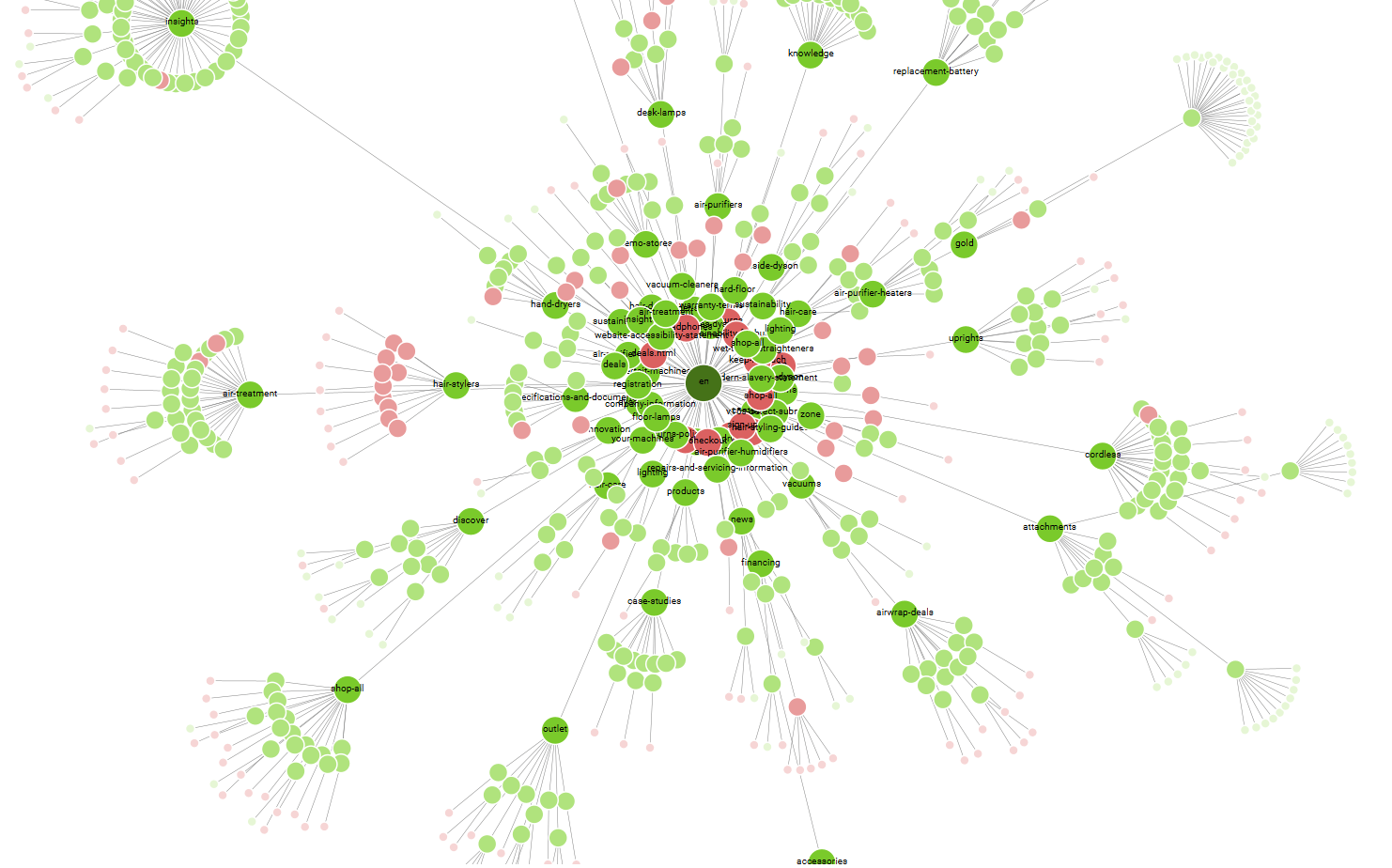
In the bustling digital marketplace, the craft of internal linking serves as the unseen web that binds the various corners of a website. Much like the intricate connections in a city’s subway system, on-page internal linking ensures smooth navigation, steering visitors from one valuable stop to another. A potent asset in the arsenal of on-page SEO strategies, it amplifies user engagement and bolsters page authority.
Consider a luxury skincare brand. While a visitor reads about “organic face serums,” a strategically placed link could guide them to a related article about “the benefits of organic skincare,” keeping them hooked and amplifying the website’s on-page SEO.
Essential Facets of Effective Internal Linking:
- Relevance is Key: Connect pages that offer complementary information. Think of pairing a dessert recipe with a link to unique plating techniques.
- Anchor Text Precision: Use descriptive anchors that provide clear cues about linked content.
- Steer Clear of Overkill: Just like too many chefs spoil the broth, cramming in too many links can deter rather than direct.
- Keep the Flow Natural: Integrate links seamlessly, ensuring they add value and don’t disrupt the reader’s journey.
By embracing internal linking, e-commerce platforms can bridge the gap between product pages and informative blogs, while news portals can guide readers through a tapestry of related articles. When executed with finesse, internal linking enhances on-page SEO, ensuring sites remain navigable, noteworthy, and nestled atop search rankings.
Mobile Optimization for On-Page SEO
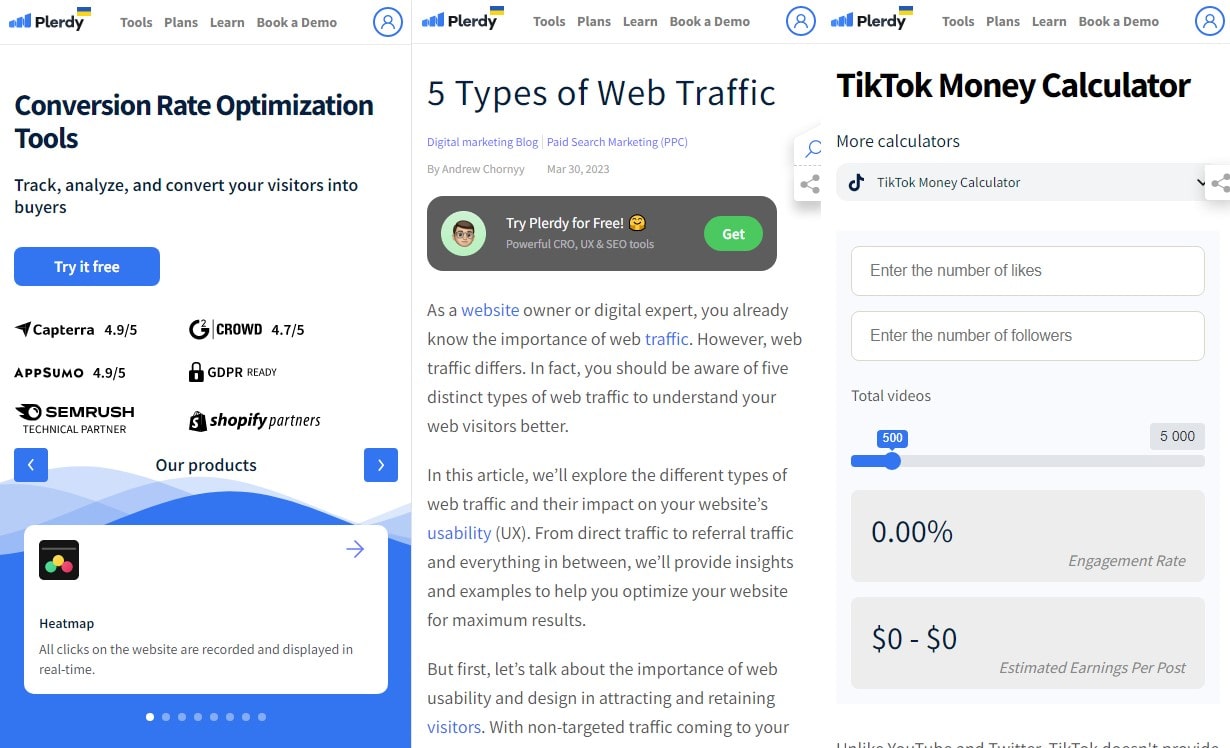
In today’s digital landscape, where mobile screens dictate the rhythm, mobile optimization has shifted from optional to indispensable for on-page SEO. Reflect on any major e-commerce platform – from high-end fashion labels to local bakeries. Their websites don’t just scale down; they transform, providing an equally captivating experience, ensuring seamless on-page SEO across devices.
Key Strategies for Mobile Mastery:
- Responsive Design: Ensure sites automatically adjust – think of a digital magazine shifting its layout to showcase vibrant images while keeping the text crisp.
- Speed Matters: Shave off any extra milliseconds from page loading times. The quicker a music streaming platform delivers its homepage, the faster users dive into tunes.
- Touchable Targets: Boost user engagement by sizing buttons perfectly for fingertips, much like intuitive controls on a gaming app.
- Declutter and Streamline: Trim excessive elements for a cleaner, more focused browsing experience, akin to browsing a minimalist interior design site.
Crafting the perfect mobile browsing environment, infused with solid on-page SEO, is an art. It’s not just about condensing a site but curating an experience. A stellar mobile-optimized site is akin to a digital concierge – attentive, efficient, and always anticipating the user’s next move.
Mastering Page Speed: On-Page SEO’s Silent Powerhouse
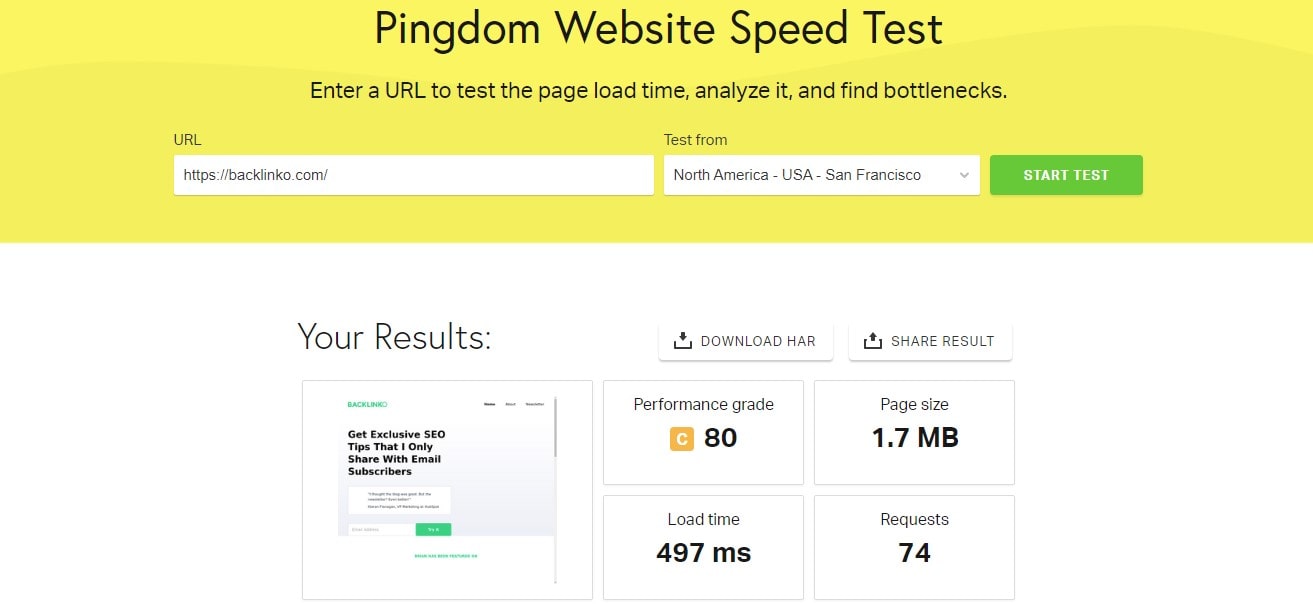
Ever clicked on a promising recipe site, only to drum your fingers waiting for that creamy risotto image to load? That’s where page speed comes into play, holding significant sway in the on-page SEO arena. Digital patrons today demand instant gratification, and a slow-loading website stands out like a paperback in a library of e-books.
Essential Elements for Lightning-Fast Pages:
- Optimized Images: Scale down high-res photos. An artisan coffee blog doesn’t need billboard-sized images to allure caffeine enthusiasts.
- Streamlined Code: Clean up the backend. Think of it as decluttering a writer’s desk for optimal creativity flow.
- Leverage Browser Caching: Store recurring components for returning visitors. Imagine if a video streaming platform remembered your favorite shows – instant playback!
- Reduce Redirects: Keep the path straightforward, like a clear map for an eager traveler.
A well-oiled, swiftly loading page is crucial for on-page SEO. It’s akin to a barista quickly whipping up your morning brew – efficient, satisfying, and leaving you wanting more. To lead in the digital space, one must marry robust on-page SEO strategies with blazing page speeds. The result? A site that not only catches eyes but captivates them.
On-Page SEO Schema Markup
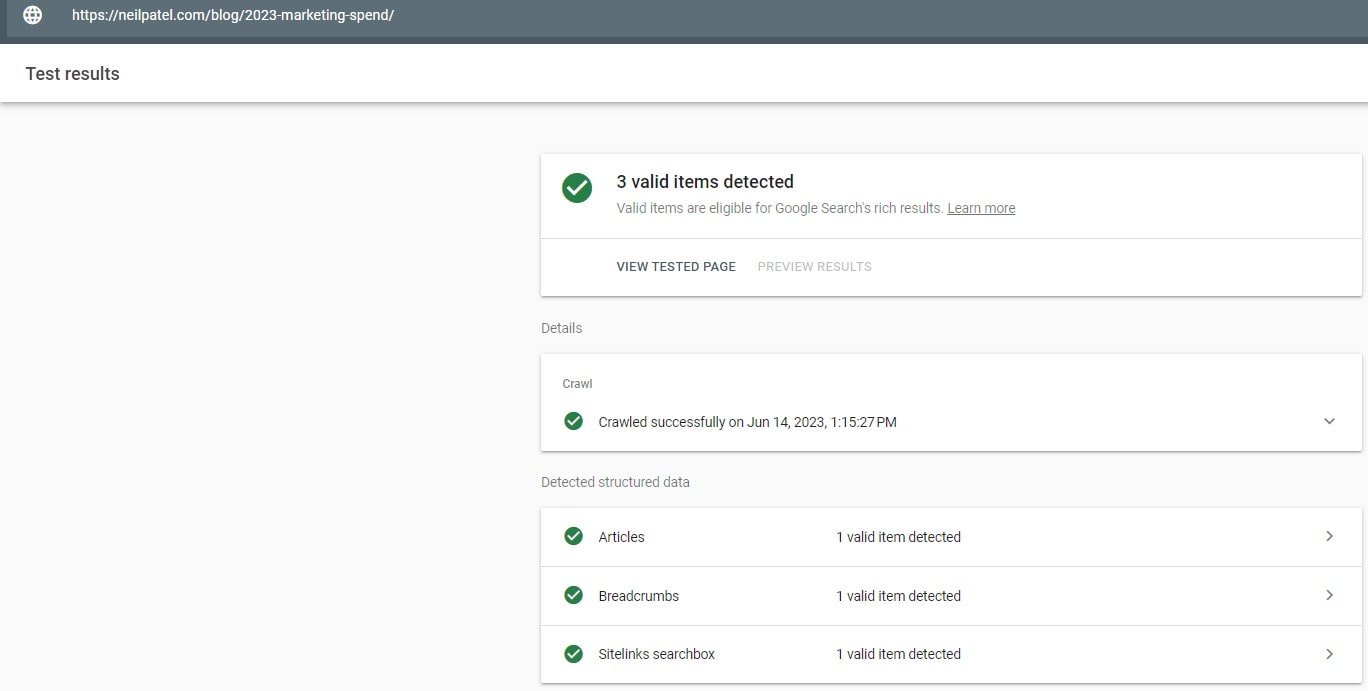
Schema markup: it’s the code that makes search engines smarter and your page more appealing. Implementing this HTML add-on elevates your on-page SEO game by making your content more understandable to search engines, thereby bolstering visibility and engagement.
Niche Illustrations
- Healthcare: Schema markup can highlight patient testimonials, doctor credentials, and emergency contact details, adding layers of trust and credibility.
- Real Estate: Use it to spotlight property features, area demographics, and price ranges, making listings more clickable.
- Recipe Blogs: Schema can outline ingredients, cooking time, and user ratings, inviting more clicks from gourmet searchers.
Must-Implement Strategies for On-Page SEO
- Local Business Tags: If you’re a local business, employ schema to display hours, location, and customer ratings.
- FAQ Schema: Maximize this to have your FAQ section show up directly in search results, increasing page interactions.
- Video Thumbnails: Use schema to ensure your video content shows up with an engaging thumbnail in search results.
Deep schema markup optimizes search engine display of your website. This leads to rich snippets—those extra bits of information that appear under search results—which in turn boosts your click-through rates. For instance, if you’re in eCommerce, showcasing customer reviews and product ratings directly in search results can significantly drive up user engagement. Better engagement can result in higher dwell time, creating a positive feedback loop that search engines love. And don’t forget the impact on voice search. As voice queries become more prevalent, your schema-optimized content stands ready for direct, precise answers, further augmenting your page’s utility. For those who aim to go beyond mere visibility to real, actionable user engagement, schema markup provides a powerful toolbox for crystallizing the value of your content in the most accessible ways.
Conclusion about On-Page SEO Optimization
In the bustling hub of digital content, mastering on-page SEO serves as the backbone for a website’s success. Like a well-organized column in a grand structure, it stands tall, ensuring that the content remains visible and relevant in the ever-evolving landscape. Drilling down into on-page nuances, we’ve danced through meta-tags, dived into headers, and played with internal links – each step echoing the mantra of enhancing the user’s journey.
Content, being the heart of a website, demands meticulous attention – not just in its creation but also its optimization. Tinkering with elements like meta tags, image alt texts, or even the weighty matter of mobile responsiveness, can light the way to organic traffic glory. Every tweak, every adjust, every shuffle – it all counts.🔧💡
Taking the leap from mere on-page elements to a holistic SEO approach? Dive into Plerdy’s tool – a powerhouse for SEO & UX analysis. With its robust auditing features and real-time tracking, it can shape your website’s narrative to resonate with the green tick of search engine benchmarks. So, as you wind up this session, remember: On-page SEO isn’t just about ticking checkboxes, it’s about crafting an impeccable user experience with a sprinkle of algorithmic love. Ready to gear up and drive success? Harness the Plerdy advantage today! 🚀🌐
